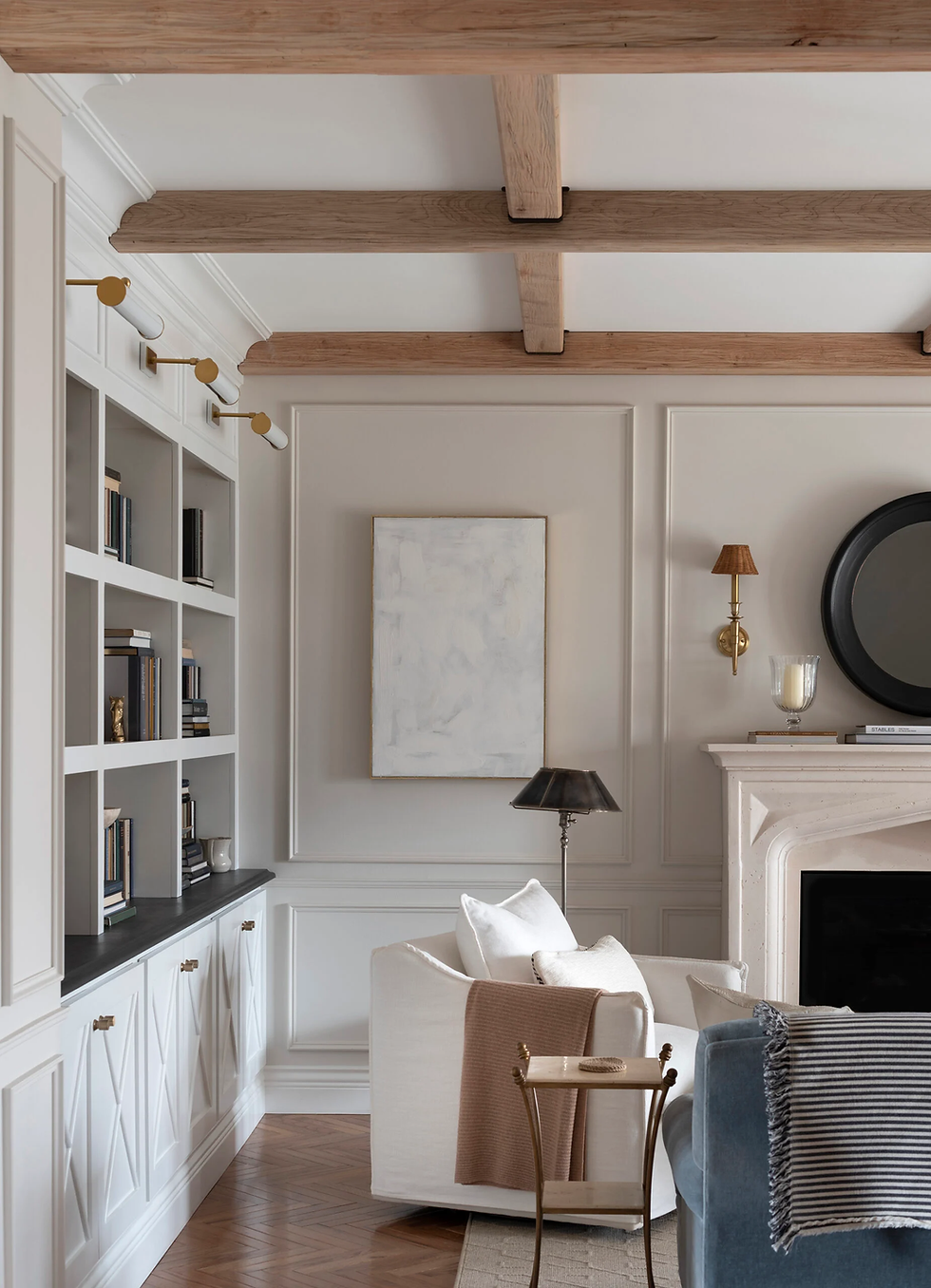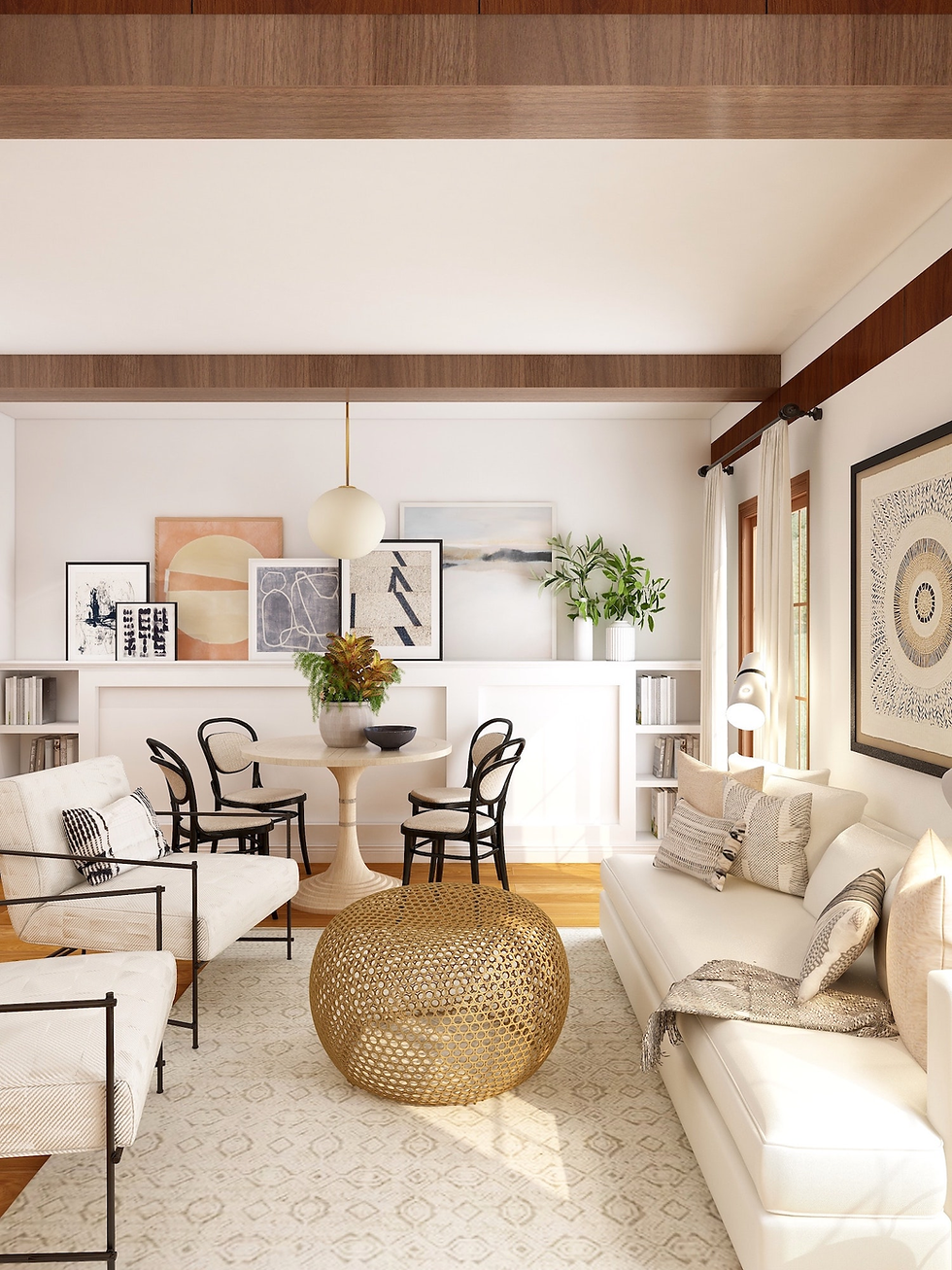Fixing Paint Bubbling: Causes and Solutions
- Vanshika Thareja

- Nov 3
- 4 min read
When you notice your freshly painted walls or surfaces developing bubbles, it can be frustrating. Bubbling paint not only looks unsightly but can also indicate underlying problems that may worsen over time. Understanding why this happens and how to fix it properly can save you time, money, and effort. This guide will walk you through the common causes of bubbling paint and provide practical solutions to restore a smooth, flawless finish.
Understanding How to Fix Bubbling Paint
Bubbling paint occurs when the paint film lifts from the surface, creating small pockets of air or moisture underneath. This can happen on walls, ceilings, woodwork, or metal surfaces. To fix bubbling paint effectively, you first need to identify the root cause. Here are some common reasons why paint bubbles form:
Moisture trapped beneath the paint: This is the most frequent cause. Moisture can come from leaks, high humidity, or damp surfaces that were not properly dried before painting.
Painting over a dirty or oily surface: Paint needs a clean, dry surface to adhere properly. Dirt, grease, or old peeling paint can prevent good adhesion.
Applying paint too thickly or in humid conditions: Thick coats or painting in high humidity can trap solvents and moisture, causing bubbles as the paint dries.
Incompatible paint layers: Using different types of paint (e.g., oil-based over latex) without proper preparation can cause bubbling.
Heat exposure: Direct sunlight or heat sources can cause the paint to dry unevenly and bubble.
Steps to Fix Bubbling Paint
Identify and eliminate moisture sources: Check for leaks, condensation, or dampness. Fix plumbing issues or improve ventilation.
Remove the bubbled paint: Use a scraper or putty knife to gently lift and remove all loose paint.
Sand the surface smooth: Sand the area to remove rough edges and create a smooth base.
Clean the surface thoroughly: Wipe down with a mild detergent solution to remove dust, grease, or residue.
Prime the surface: Apply a high-quality primer suitable for the surface and paint type.
Repaint with proper technique: Use thin, even coats and avoid painting in high humidity or direct sunlight.
Following these steps will help you fix bubbling paint and prevent it from recurring.

Common Causes and How to Fix Bubbling Paint
Knowing the specific cause of bubbling paint helps you choose the right fix. Here are detailed explanations of the most common causes and how to address them:
Moisture Issues
Moisture is the biggest culprit behind bubbling paint. It can come from:
Leaking pipes or roofs
Condensation in bathrooms or kitchens
Damp basements or exterior walls
How to fix: Before repainting, ensure the surface is completely dry. Use a dehumidifier or improve ventilation. Repair leaks and waterproof exterior walls if necessary. Applying a moisture-resistant primer can also help.
Surface Contamination
Painting over dirt, grease, or old peeling paint prevents proper adhesion.
How to fix: Clean the surface thoroughly with soap and water or a degreaser. Remove any loose paint by scraping and sanding. Always start with a clean, dry surface.
Thick Paint Application or Humidity
Applying paint too thickly or painting in humid conditions traps solvents and moisture, causing bubbles.
How to fix: Apply thin coats and allow each layer to dry fully before adding the next. Avoid painting on very humid days or in direct sunlight.
Incompatible Paint Layers
Using oil-based paint over latex without proper preparation can cause bubbling.
How to fix: Remove the old paint or sand it down. Use a suitable primer designed for the paint types involved.
Heat Exposure
Direct sunlight or heat sources can cause paint to dry unevenly and bubble.
How to fix: Paint in shaded areas or during cooler parts of the day. Avoid painting near heaters or vents.

What is the difference between blistering and bubbling?
While blistering and bubbling are often used interchangeably, they describe slightly different paint defects:
Blistering refers to raised areas on the paint surface caused by trapped moisture or air beneath the paint film. Blisters are usually larger and more dome-shaped.
Bubbling describes smaller, often more numerous pockets of air or moisture trapped under the paint, causing a rough or uneven texture.
Both issues indicate poor adhesion or moisture problems but may require different repair approaches. Blisters often need to be popped and the area sanded before repainting, while bubbling may be fixed by removing loose paint and addressing moisture sources.
Understanding these differences helps you diagnose the problem accurately and choose the best repair method.
Preventing Paint Bubbling in Future Projects
Prevention is always better than repair. Here are some tips to avoid paint bubbling in your next painting project:
Prepare surfaces properly: Clean, dry, and sand surfaces before painting.
Use quality primers and paints: Choose products suitable for your surface and environment.
Control moisture: Fix leaks, improve ventilation, and avoid painting in damp conditions.
Apply paint in thin coats: Allow each coat to dry fully before applying the next.
Avoid painting in extreme temperatures or direct sunlight: Paint during mild weather conditions.
Test compatibility: Ensure new paint is compatible with existing layers.
By following these guidelines, you can achieve a smooth, durable finish that resists bubbling and other defects.
Repairing Bubbling Paint on Different Surfaces
Different surfaces require specific approaches to fix bubbling paint effectively:
Walls and Ceilings
Remove loose paint with a scraper.
Sand the area smooth.
Clean and prime.
Repaint with thin coats.
Wood Surfaces
Sand down bubbled areas thoroughly.
Use a wood primer to seal the surface.
Apply paint suitable for wood.
Metal Surfaces
Remove rust and old paint.
Clean with a degreaser.
Use a rust-inhibiting primer.
Paint with metal-specific paint.
Exterior Surfaces
Address moisture sources like leaks or poor drainage.
Use exterior-grade primers and paints.
Consider weather conditions before painting.
Each surface type has unique challenges, so tailor your repair method accordingly.
Final Thoughts on Fixing Bubbling Paint
Fixing bubbling paint requires patience and attention to detail. By identifying the cause, properly preparing the surface, and using the right materials and techniques, you can restore your painted surfaces to a smooth, attractive finish. Remember to address any moisture issues first, as this is the most common cause of bubbling. With the right approach, you can prevent future problems and enjoy long-lasting, beautiful paintwork.
For more detailed tips and professional advice on paint bubbling, explore additional resources and expert guides to keep your home looking its best.



Comments